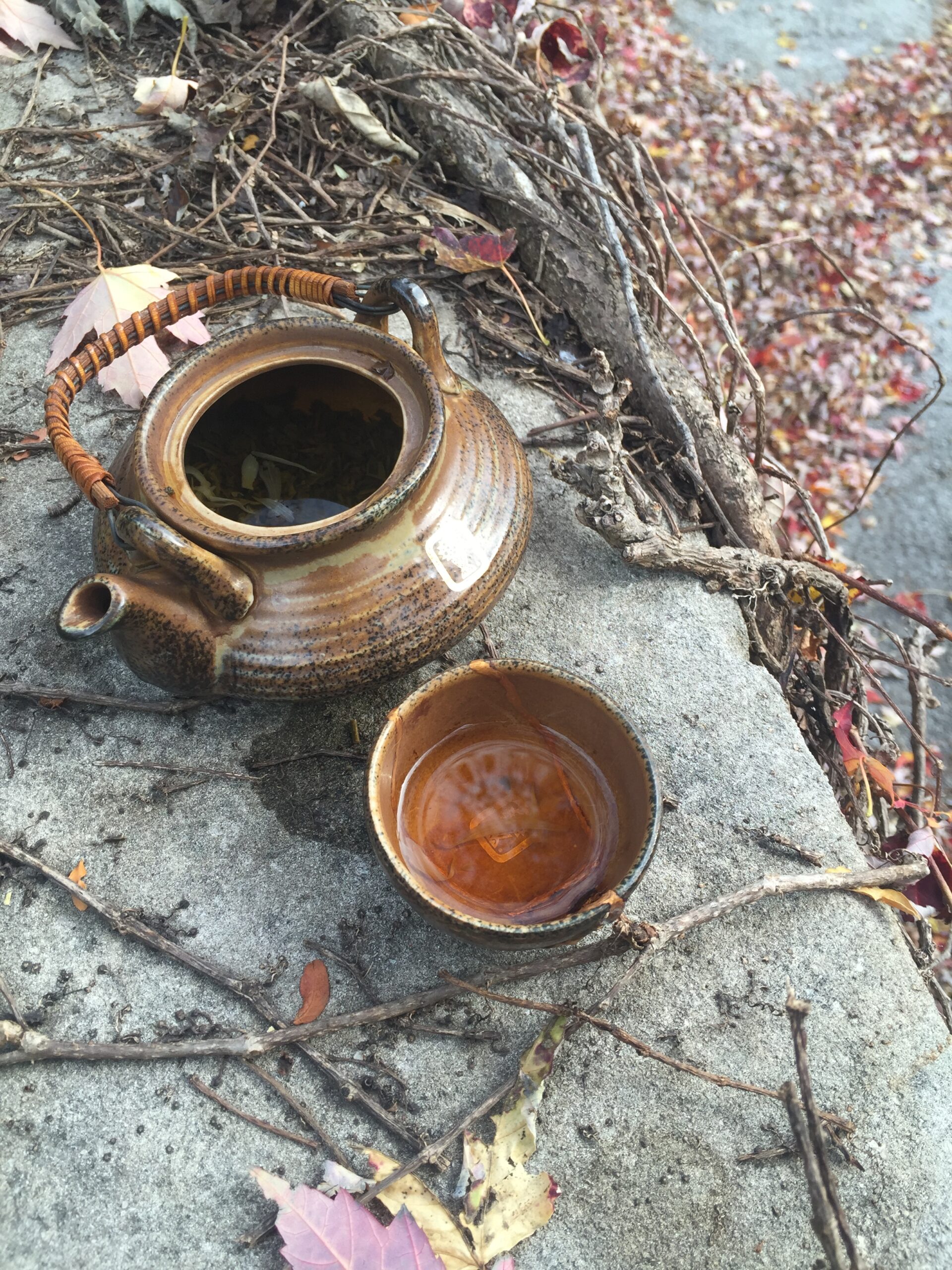When a loved one dies, you aren’t just learning how to live without them.
You also have to figure out what to do with all their stuff! And that can be a deeply emotional experience. This blog post is a little different than my others, in that it is intended to be very practical and relevant for people who are faced with the challenge of trying to figure out what to do with a deceased’s belongings. How can you find ways to honor them through their possessions, while also moving forward and not living in a coffin of physical memories? I’ve outlined a few tips that I learned from my experience.
Recommendations
- Don’t rush the process of sorting through and removing their things.
- Keep things that are practical or deeply sentimental; but don’t attach meaning to every item.
- Play the 30 Day Minimalism Game.
Don’t Rush the Process.
For the first six months without Stephen, I simply couldn’t go through his stuff. Actually, I got so depressed and overwhelmed being in the house without him, that I packed up my pets and everything I needed for the summer and hit the road for four months, staying with various family members. (That really did me a lot of good; if you are able to do something like this, I highly recommend it.) I needed physical distance from the space to focus on my own healing. Your own mental health is far more important than dealing with a pile of material goods, so do whatever you need to do to take care of yourself first.
Don’t feel like you have to keep everything.
When I returned to the house in October, I arranged for my mother-in-law Dee to come down for two weeks to help me go through Stephen’s things. At that point, I had decided to sell the house, so I had an end goal in sight and was mentally more capable of handling the purging process. I highly recommend having someone to help you as you go through items. The moral support is priceless, and Dee had the opportunity to take many things that were meaningful to her. She set up a dedicated space in her office that honors Stephen’s earthly journey. And I saved a selection of items that honors our relationship so I can do something similar when I purchase my own home someday.
I’m not a terribly sentimental person, so for me, it was relatively easy to load up the car with stuff to drop off at the thrift store. (Memories are far more important to me than physical possessions.) I’m not one to attach meaning to a dirty sock or a toothbrush. But if you do tend to want to hold on to unnecessary things, I suggest asking yourself the following questions:
- Would I use this item on a somewhat regular basis?
- Does this item have deeply sentimental meaning?
If you answered no to both of those questions, then you can either give it to someone else who might find it meaningful, donate it, or trash it.
As we were going through Stephen’s things, Dee said to me, “Stephen would want you to throw things away.” And it was very freeing to hear her say that. It washed away any guilt that I felt about not caring about his unfinished jewelry projects or college essays.
Examples of Things that I Kept
- His scarves (He had a great scarf collection and they were all my style, so it’s something I can wear often and feel like he is wrapped around me.)
- His favorite cologne (Smell can be a powerful trigger of memories.)
- A small selection of his t-shirts (They make great nightshirts!)
- Some of his tea (He was a tea connoisseur, so keeping all of it would have been overkill, but I did hold on to anything with sentimental value or that I found particularly delicious.)
I did host an open house for friends in our community to take anything that they might enjoy having as a physical memory of Stephen. And I loved seeing what people picked out! They took a lot of his handmade jewelry, tea, and funny knick-knacks that scream “Stephen Kirk Wagner.” It was a wonderful opportunity to honor him and share funny stories about the items that they selected.
(As an aside, Stephen and I had not made a will, so the process of going through things was very straightforward. I was next-of-kin, so it was all technically mine to decide where it went. This process is obviously way more complicated when there is a will.)
Play the 30 Day Minimalism Game.
This is a great thing to do when sorting through a loved one’s belongings, but it’s also wonderful if you’re preparing to move, or just want to simplify your life! On day 1, you get rid of 1 item. On day 2, get rid of 2 items. On day 3, get rid of 3 items. (You see the pattern.) And keep doing that for 30 days. It allows you to gradually calibrate your mind to the purging process, and by the end of the month, you will have gotten rid of 465 things! Challenge a friend to do it with you!
Moving Forward
At the end of the day, photos and videos of a life well-lived are far more important to me than physical belongings. So if you’re on the fence about whether to keep something, I would choose to let it go. You honor the life of a person by being the person they would want you to be and by living a life that would make them smile. They will not be mad at you for trashing their favorite mix-tape or selling their favorite video game to GameStop.

